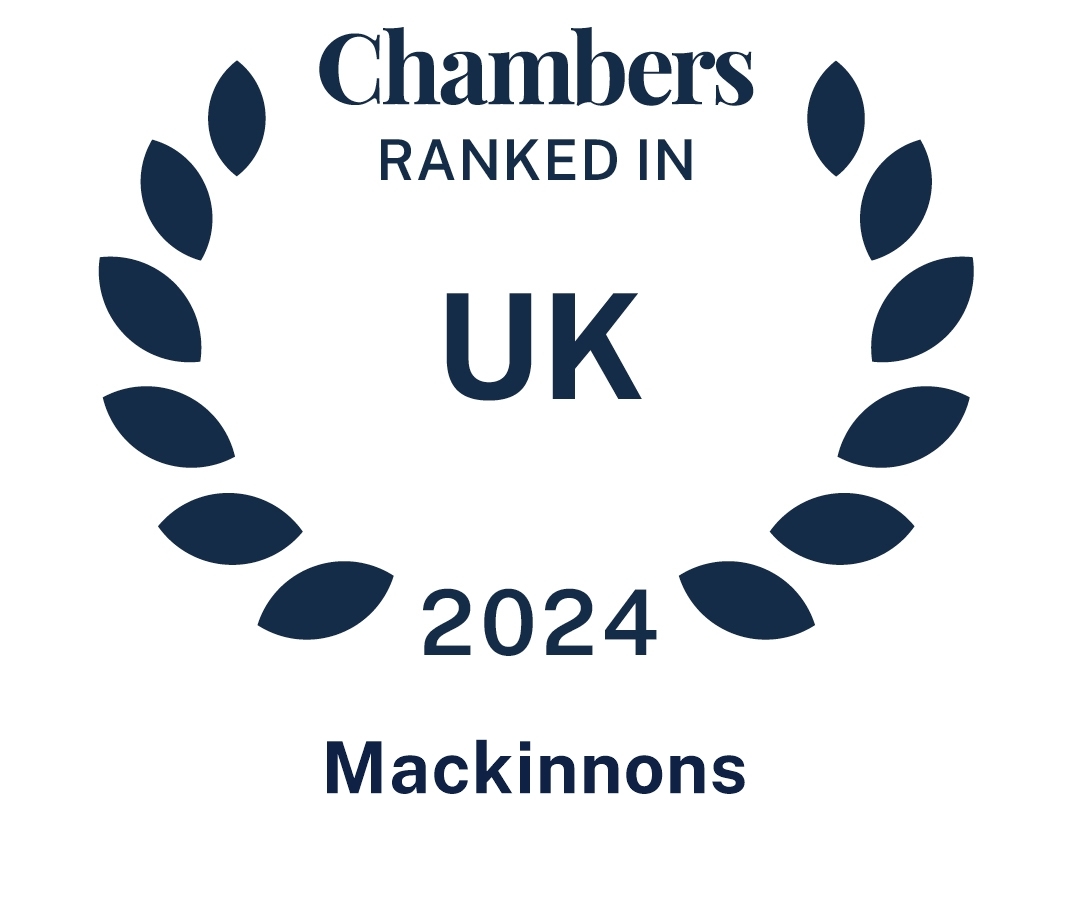Gifting Bricks and Mortars - do take care
Transferring a flat or a house for anything less than its worth, or for no payment at all, is known as a transfer at “undervalue”, e.g. if a grandfather sells his house to his grandson at £200,000 when the property is worth £450,000 then he will have “gifted” part in the sum of £250,000.
If the grandson requires a mortgage to assist with the £200,000 purchase price this may prove problematic since some lenders will not lend for purchases from family members who they consider to be “connected persons”.
Why should this be of concern to a lender? Insolvency legislation provides protection against transferring assets beyond the reach of creditors and which would catch transfers of heritable property at undervalue if the seller went bankrupt within five years. Such transfers can be challenged and reversed by the courts. On that basis a lender may well decide to refuse to lend unless and perhaps even through, in the example given, the grandfather’s solvency can be established.
Transfers may also have other implications which are tax related.
If the purchase price is more than £145,000, Land and Building tax may be chargeable at the applicable rates. If the property “gifted/transferred” is not the grandson’s main residence then Additional Dwelling Supplement at the rate of 3% may also be payable.
If the donor (grandfather) lives for at least seven years after the transfer and either moves out or pays rental to the grandson at a market rate, then inheritance tax should not be payable. Were he to die within the seven year period, however, the house is treated in part as a gift and IHT could be payable if the total value of the grandfather’s estate is above the tax-free threshold.
Capital gains tax could also be payable if the transferred house is sold and is not the main home.
The interests of the grandfather and grandson are quite separate and distinct and it is crucial that advice is taken from independent solicitors so as to ensure that both parties are properly advised and a conflict of interest is avoided.
Patricia Gray, Partner



